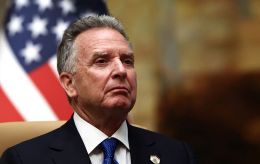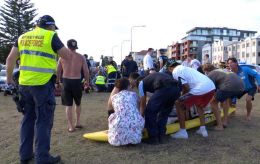Through wars and revolutions: Ukraine's journey to independence
 Photo: Independence Day of Ukraine - August 24 (Getty Images)
Photo: Independence Day of Ukraine - August 24 (Getty Images)
Today, Ukraine marks the 33rd anniversary of its declaration of independence. The events of August 24, 1991, signified a victory in the long struggle for statehood. However, today, Ukrainians are once again forced to defend their freedom in a full-scale war with Russia, which has been ongoing for 30 months.
For more details on the key stages in the history of generations' fight for independence, see the report by RBC-Ukraine.
Content:
- Ukrainian revolution
- World War II: Restoration of statehood and the UPA struggle
- Historic act: How independence was declared
- Revolutions in the era of independence
- Russian invasion
Ukrainian revolution
The declaration of Ukraine's independence on August 24, 1991, is regarded by historians as the restoration of statehood, as the national state first emerged during the Ukrainian revolution (the national liberation struggle) of 1917-1921.
Modern Ukraine "inherited" its coat of arms, flag, anthem, currency (the hryvnia), Ukrainian as the state language, and the principle of unity from that time. During the national liberation struggle, state institutions were established: the first Ukrainian parliament (the Central Rada) and the first Ukrainian government (the General Secretariat of the Central Rada).
The independence of the Ukrainian People's Republic (UPR) was affirmed in 1918 amidst the war with the Bolsheviks advancing on Kyiv. The courage and patriotism of young Ukrainians in the Battle of Kruty helped halt the enemy's advance. The UPR gained time to participate in the signing of the Brest-Litovsk Peace Treaty, which secured international recognition and military assistance.
Despite the unstable political situation, several changes in power, and the country's eventual fall under Bolshevik control for many years, another significant event took place during the Ukrainian revolution in 1919: the proclamation of the Unification Act (Act of Zluka), which united the UPR and the Western Ukrainian People's Republic (WUPR) into a single, united Ukraine.
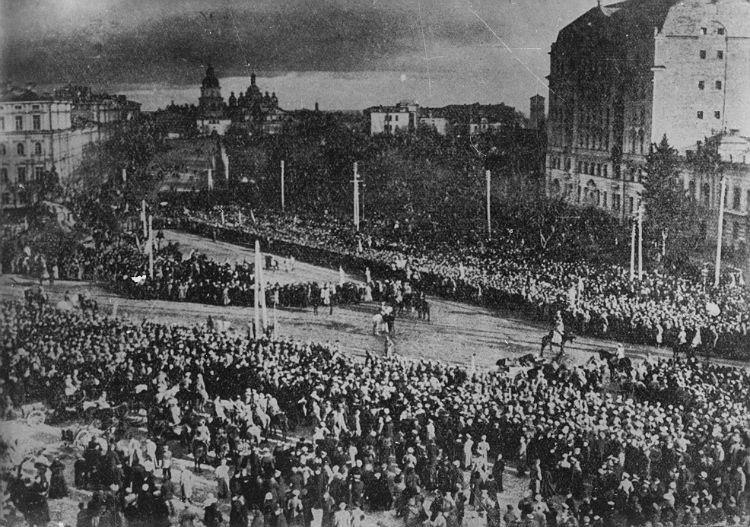
Photo: Sofia Square in Kyiv on the day of the proclamation of the Unification Act (Act of Zluka), January 22, 1919 (memory.gov.ua)
World War II: Restoration of statehood and the UPA struggle
Ukraine's territory was fully occupied by German forces and suffered from some of the most brutal battles of World War II. However, during those years, Ukrainians continued their fight for the country’s independence.
On June 30, 1941, after Soviet troops withdrew from Lviv, the Organization of Ukrainian Nationalists led by Stepan Bandera (OUN (B)) declared the Act of Restoration of the Ukrainian State. This movement spread across the western regions, Zhytomyr region, and the western parts of Kyiv region, where OUN representatives proclaimed the Act at large public gatherings.
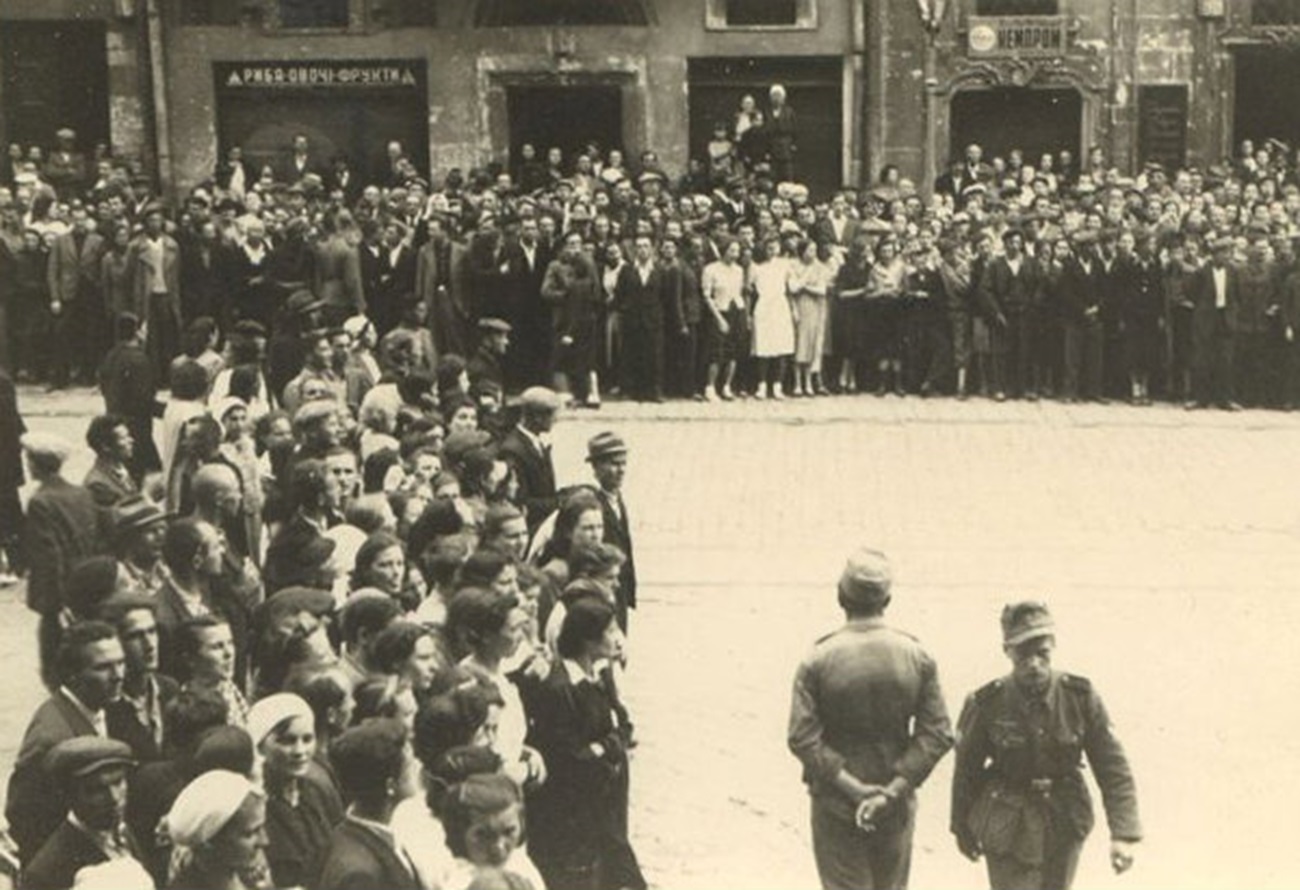 Photo: Lviv on the day of the proclamation of the Act of Restoration of the Ukrainian State (wikimedia.org)
Photo: Lviv on the day of the proclamation of the Act of Restoration of the Ukrainian State (wikimedia.org)
In response, the Nazis began mass arrests of Ukrainian patriots. In light of this, the OUN went underground and organized a resistance movement against both the Germans and the Red Army. By the end of 1942, the Ukrainian Insurgent Army (UPA) was formed.
The UPA aimed to prepare for a powerful uprising, which was to begin when the USSR and Germany had exhausted each other, and then establish an independent, united state encompassing all ethnic Ukrainian lands.
After Nazi Germany's defeat and the end of World War II, the UPA continued its struggle for Ukraine's independence in opposition to the communist totalitarian regime. This underground resistance lasted until the mid-1950s.
Historic act: How independence was declared
The last month of the summer of 1991 was filled with events. Amid the coup in Moscow and the attempt to oust Soviet leader Gorbachev, tens of thousands of Kyiv residents gathered for a rally outside the Verkhovna Rada on August 24. On that day, an extraordinary parliamentary session was held.
Due to the high level of tension among the protesters, deputies decided to broadcast the parliamentary proceedings to the street. This was the first time such a broadcast had been conducted.
As a result of the session, the majority of deputies voted in favor of adopting the Act of Declaration of Independence of Ukraine. The text of the document consisted of 93 words, was typed on a typewriter, and fit on a single sheet of paper.
Interestingly, the draft of the Act was written on the morning of August 23 by Leontiy Sandulyak and Levko Lukyanenko in a school notebook. They chose the term "act" for the document because the word "law" seemed too ordinary and suggested repeated action.
Directly on the Act, deputies left inscriptions such as "Glory to Ukraine," "It has not died and will not die," and "From today – let it be."
Revolutions in the era of independence
After gaining independence, Ukrainians continued to defend the course toward democratic development. However, the actions of the government often forced citizens to protest, which led to significant changes.
-
Orange Revolution
In November 2004, people took to Maidan Square due to widespread fraud during the presidential elections. Supporters of the candidate Viktor Yushchenko gathered in central Kyiv, demanding that the election results, which declared Viktor Yanukovych the winner, be invalidated.
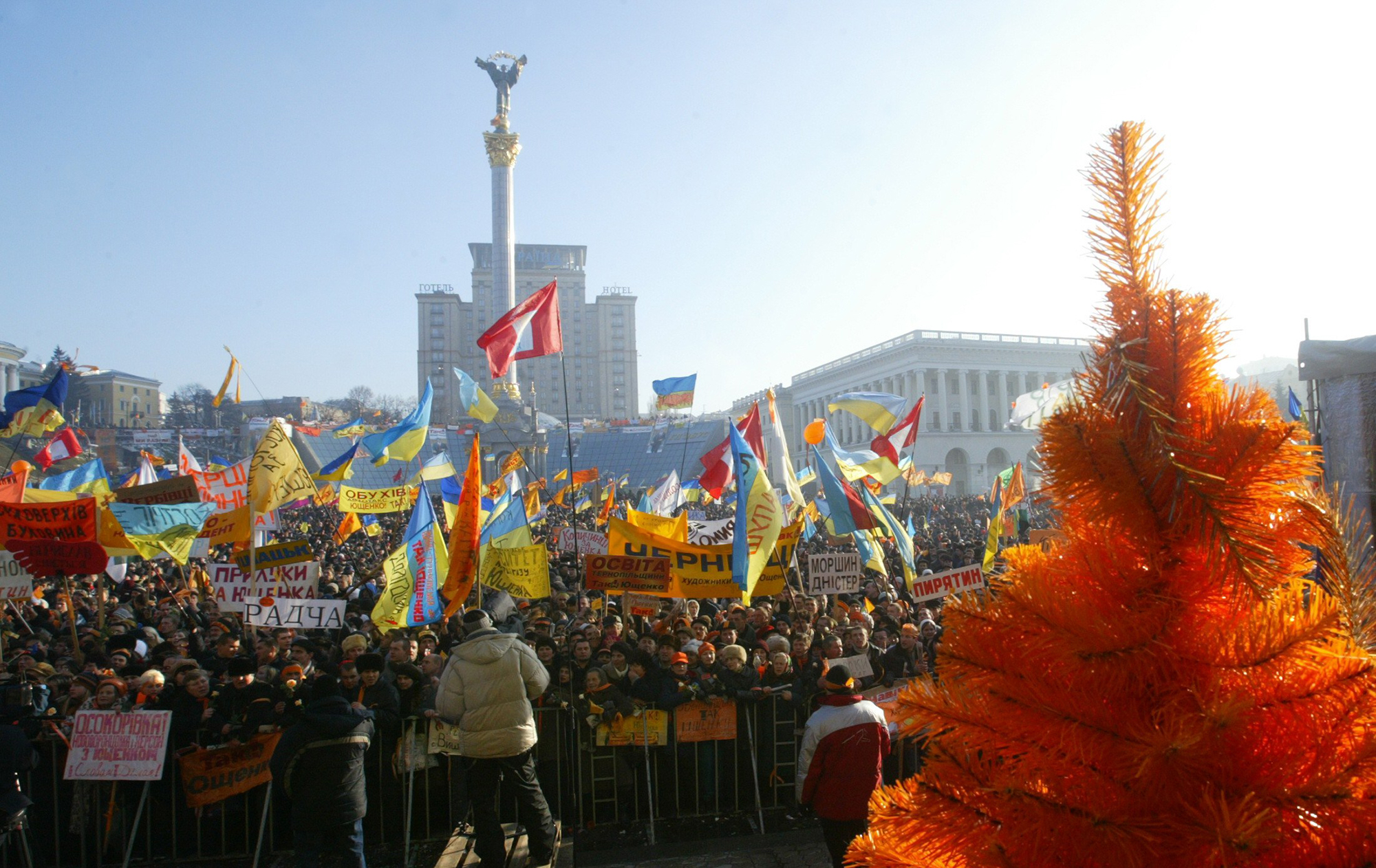 Photo: Orange Revolution (Getty Images)
Photo: Orange Revolution (Getty Images)
Ukrainians succeeded in securing a repeat of the second round of elections. As a result, Yushchenko became the leader of the state, and the Verkhovna Rada passed constitutional amendments to reduce presidential powers.
-
Revolution of Dignity
However, Yanukovych eventually came to power. In the fall of 2013, new protests erupted after his government decided to suspend Ukraine's integration process with the EU. Security forces brutally dispersed activists, leading to an even greater wave of outrage among Ukrainians. During the winter of 2013-2014, more than 100 peaceful citizens were killed in the clashes.
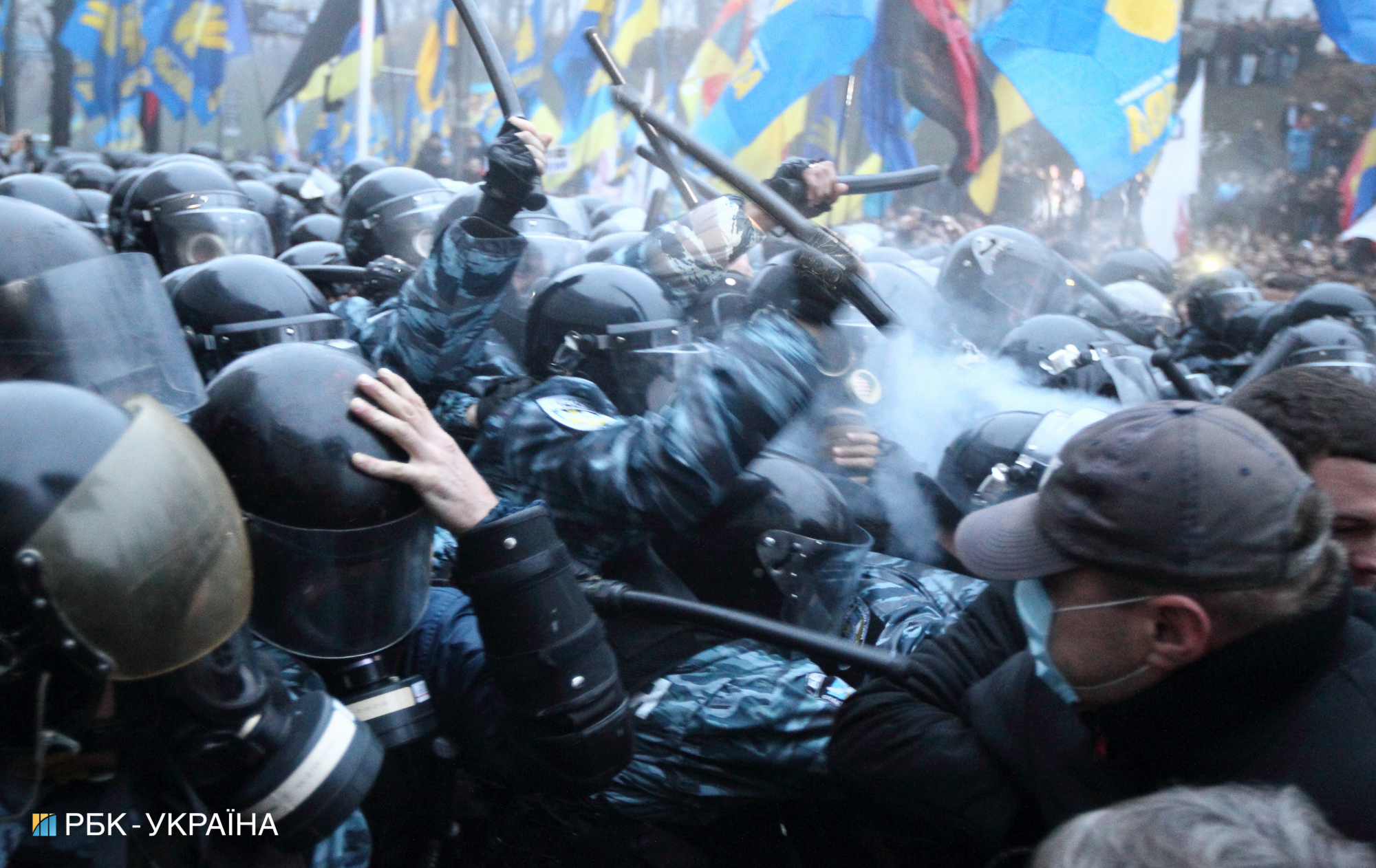 Photo: dispersal of activists during the Revolution of Dignity (Vitalii Nosach, RBC-Ukraine)
Photo: dispersal of activists during the Revolution of Dignity (Vitalii Nosach, RBC-Ukraine)
The result of the Revolution of Dignity was Yanukovych's flight and a change in power, but Russia took advantage of the unstable situation in Ukraine.
Russian invasion
The question of Crimea’s status has repeatedly been a point of contention between Ukraine and Russia. Amid the events of the Revolution of Dignity, Russia annexed the peninsula, but the invaders did not stop there.
Throughout the spring of 2014, pro-Russian forces seized several cities in Donetsk and Luhansk regions and declared the creation of the so-called "DNR" and "LNR."
 Photo: protest in Crimea in 2014 (Getty Images)
Photo: protest in Crimea in 2014 (Getty Images)
Ukrainian forces launched an Anti-Terrorist Operation, during which they managed to liberate some of the occupied territories. Despite attempts by both sides to negotiate, the conflict continued, eventually leading to Russia's full-scale invasion in February 2022.
Today, August 24, on Independence Day, it marks exactly 30 months since the beginning of the major war.
The armed forces have defended Kyiv, liberated territories in the Kharkiv and Kherson regions that were occupied at the start of the invasion, sunk a significant portion of the Russian Black Sea Fleet, and regularly weaken enemy forces with drone strikes deep within Russian territory. However, the struggle of Ukrainians for the right to live freely on their own land continues.
Sources: Ukrainian Institute of National Memory, Suspilne Culture, and Wikipedia.
